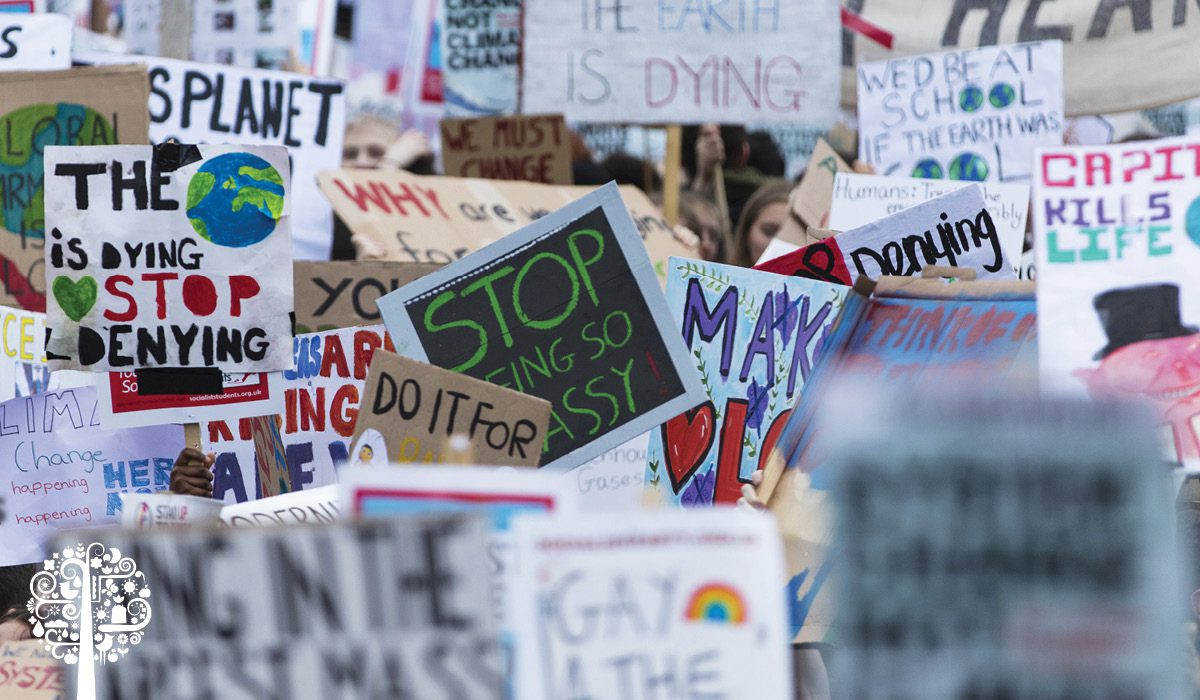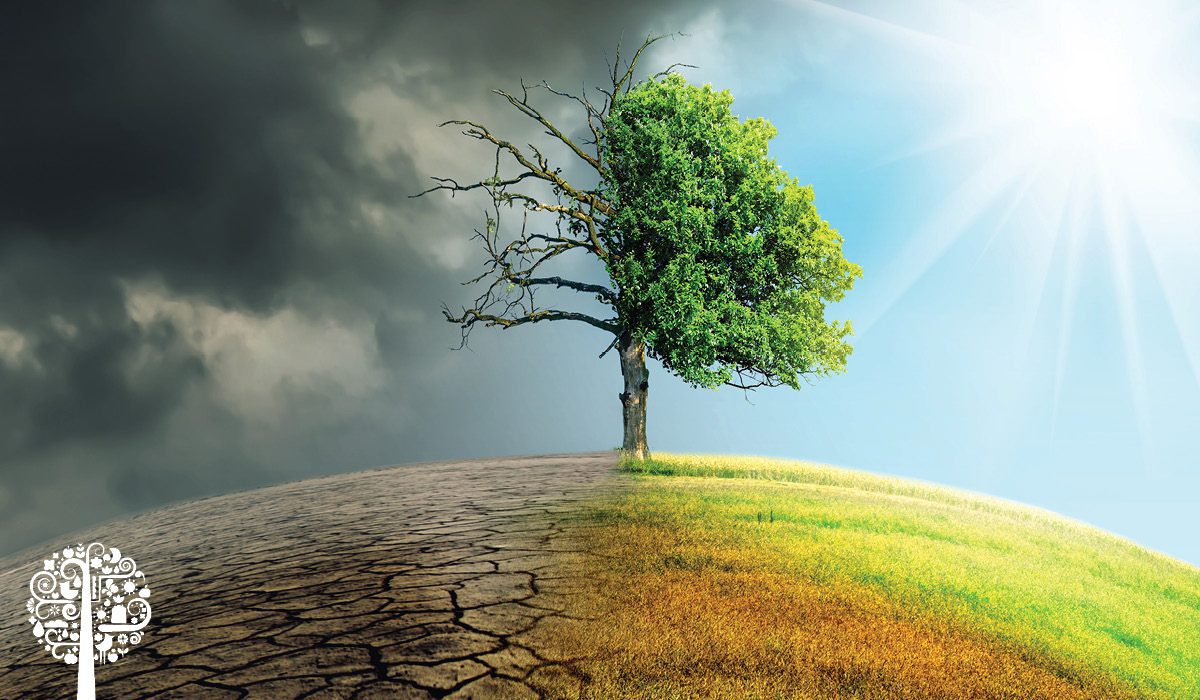You might have noticed that heat waves, hurricanes, and other intense weather-related phenomena have become much more common over the past couple of decades. And according to a new report from the U.N., that isn’t going to change any time soon. The Intergovernmental Panel on Climate Change report said that these extreme weather occurrences will only worsen. U.N. Secretary-General António Guterres called the report a “code red for humanity.”

With that on all our minds and an election coming up in Canada on September 20th, we thought it would be helpful to take a brief look at each party and some of the environmental promises they are making.
NDP
The NDP wants Canada to reduce emissions by 50% by 2030 compared to 2005 levels, and they want to put in place multi-year national and sectoral carbon budgets. The party is also committed to creating a Climate Accountability office and ending subsidies for fossil fuels. They are also promising to strengthen the Canadian Environmental Protection Act (CEPA). They are discussing creating a Canadian Environmental Bill of Rights, which would guarantee clean water, land, and air for all.
Liberals
When it comes to emissions, the Liberals have committed to a 40-45% reduction by 2030 compared to 2005 levels and setting five-year targets on the oil and gas sector to stay on track to be net-zero by 2050. The Trudeau-led party has also committed to a $2 billion Futures Fund to help the transition to a low-carbon economy. It will end the exporting of thermal coal from Canada, including U.S. coal, by 2030. They also promise to recognize the right of all Canadians to a healthy environment and want to strengthen the CEPA “to protect everyone, including people most vulnerable to harm from toxic substances and those living in communities where exposure is high.”
Bloc Québécois
One of the Bloc’s propositions is to amend the Canadian Net-Zero Emissions Accountability Act to make the 2030 emissions targets legally binding, so the government is forced to meet said targets. The party also would demand a climate test of all federal policies, which would measure the policies’ impact on the environment and climate change. They also propose to stop the Trans Mountain pipeline project. The Bloc, however, does not address making any changes or updates to the CEPA, nor does it discuss a Canadian Environmental Bill of Rights or environmental justice issues.
Conservatives
The Conservative party has committed to a weaker 30% reduction by 2030 compared to 2005 levels on the emissions front. However, they defend this number by saying they can achieve it “without the government taxing working Canadians and driving jobs and investment out of the country.” The party also wants to speed up the use of carbon capture, utilization, and storage technology for industries that rely significantly on fossil fuels. To do that, they have proposed a tax credit. Like the Bloc Québécois, the Conservative party’s platform makes no mention of updating the CEPA or of introducing an Environmental Bill of Rights.
Green Party
One would assume that the Green Party has the strongest and most bullish platform for the environment, and that does appear to be the case. The party wants to lower emissions by 60% by 2030 and aim to be net-zero by 2050. They also want to end fossil fuel subsidies and ban fracking. They plan to replace every high-paying job in the fossil fuel sector with a high-paying green sector job through wage insurance, retraining programs, and early retirement plans. The party also commits to modernizing the CEPA, making the right to a healthy environment enforceable by law. And they would also require labeling consumer products like cosmetics, cleaners, and furniture to prevent toxic exposure. They have also shown a high commitment to environmental social justice. They have made promises to “ramp up programs to help all people in Canada benefit from nearby nature, especially racialized communities and others facing systemic barriers.”

So, there it is, a quick look at where each party stands environmentally. You can also visit each party’s website for more information and details regarding their environmental and climate stances. And of course, on September 20th…. VOTE!